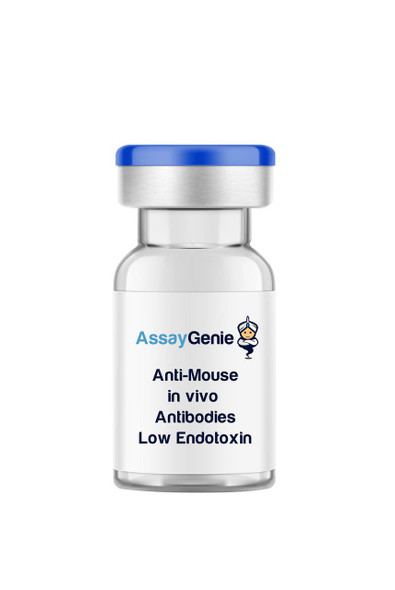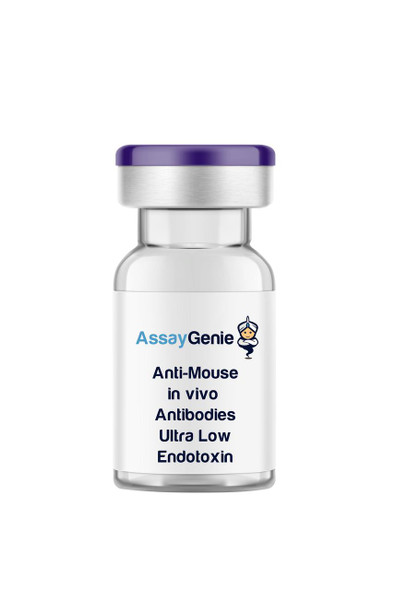Zika virus (ZIKV) infection during pregnancy is a global public health problem 1, linked causally to severe fetal abnormalities 2. Prophylactic antibodies may prove useful in treating pregnant patients or for designing epitope-specific vaccines 1. The mouse monoclonal antibody (MAb) ZV-67 specifically targets ZIKV and neutralizes infection of the American, Asian, and African strains to varying degrees 1.
ZIKV is a mosquito-transmitted flavivirus that encodes a single polyprotein with an ~11 kb positive-sense RNA open reading frame 1. The polyprotein is cleaved into seven non-structural proteins and three structural proteins (capsid (C), pre-membrane (prM), and envelope (E)). C forms a nucleocapsid. prM complexes with E to facilitate folding and prevent premature fusion to host membranes. E is responsible for viral assembly, attachment, entry, and fusion 1,3 and is a major target of neutralizing antibody research 3. Mature ZIKV virions incorporate 180 copies each of the E and M proteins 4,5.
E is divided into three domains, DI, DII, and DIII 3. DI is a central β-barrel, DII is an extended dimerization domain, and DIII is an immunoglobulin-like segment. The lateral ridge of DIII is targeted by the ZV-67 MAb 1. ZV-67 was generated by priming a lethal mouse model with ZIKV (MR-766 and H/PF/2013) and DIII domain. ZV-67 is of the IgG2c isotype and has been shown to neutralize the MR-766, Uganda 1947, Dakar 41519, and Senegal 1982 African strains as well as the American Paraiba 2015, Brazil strain. It has no cross-reactivity with Japanese Encephalitis or Dengue. Analysis of antibody contact residues by X-ray crystallography shows that ZV-67 binds to the heavy chain complementarity determining region of DIII. A total of 21 residues are contacted by ZV-67, representing four discrete secondary structure elements of the A-strand, B-C, D-E, and F-G loops.






